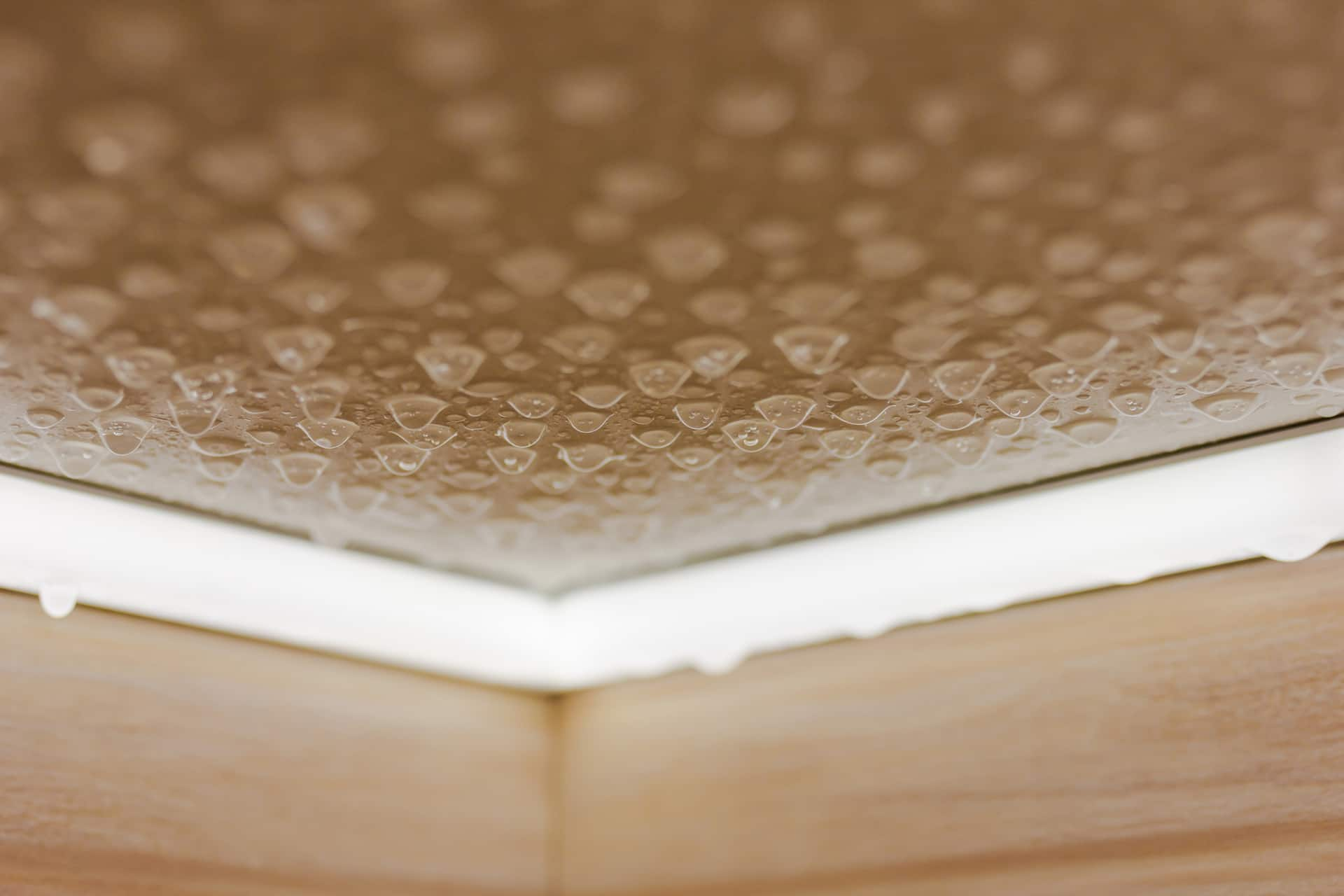Do's & Don'ts of Water Restoration.
Do's & Don'ts of Water Restoration.
Blog Article
How do you actually feel in regards to Safety Tips To Prevent Fire And Water Damage?

Though water offers life, water intrusion on components where it's not supposed to be can lead to damage. If the water soaks into your framework, it can peel off away surfaces and deteriorate the structure. Mold and mildew likewise flourish in a damp setting, which can be hazardous for your wellness. Residences with water damages scent old as well as musty.
Water can originate from many sources such as typhoons, floodings, burst pipelines, leakages, and sewage system issues. In case you experience water damage, it would certainly be excellent to know some security precautions. Below are a couple of standards on how to deal with water damage.
Do Prioritize Residence Insurance Coverage Insurance Coverage
Water damage from flooding dues to hefty winds is seasonal. Nonetheless, you can also experience a sudden flooding when a faulty pipe instantly ruptures into your home. It would be best to have residence insurance policy that covers both acts of God such as natural tragedies, and emergency situations like busted plumbing.
Don't Neglect to Shut Off Energies
In case of a calamity, specifically if you stay in a flood-prone area, it would be advisable to shut off the major electric circuit. This removes power to your entire home, preventing electrical shocks when water can be found in as it is a conductor. Furthermore, don't forget to switch off the major water line valve. When floodwaters are high, furniture will move and also create damages. Having the main shutoff turned off prevents further damage.
Do Keep Proactive and Heed Weather Condition Alerts
Pay attention to discharge cautions if you live near a lake, creek, or river . Doing so decreases potential building damage.
Do Not Overlook the Roof
Prior to the weather turns shocking, make sure you have a roof evaluation. It would be prudent to obtain this service each year as it can reduce intricate issues. If there are no openings and also leaks in your roofing, you can prevent rainfall damages. Your contractor will likewise deal with malfunctioning seamless gutters or any other indications of weakening. This will certainly prevent water from moving down your wall surfaces as well as soaking your ceiling.
Do Take Note Of Tiny Leakages
A burst pipe doesn't happen overnight. You may notice bubbling paint, peeling wallpaper, water touches, water discolorations, or dripping audios behind the walls. Have your plumbing repaired before it results in huge damage.
Don't Panic in Case of a Burst Pipeline
Keeping your clearheadedness is crucial in a time of crisis. Panicking will just worsen the problem because it will stifle you from acting quickly. Timing is crucial when it comes to water damage. The longer you wait, the more damages you can anticipate. Hence, if a pipe bursts in your residence, right away turned off your primary water shutoff to cut off the resource. After that disconnect all electric outlets in the location or turn off the circuit breaker for that part of your house. Call a trusted water damages restoration expert for aid.
Water provides life, water breach on parts where it's not supposed to be can result in damage. Residences with water damage smell stuffy and also old.
Water damage from flooding charges to heavy winds is seasonal. You may observe gurgling paint, peeling wallpaper, water streaks, water stains, or leaking sounds behind the walls. When it comes to water damages, timing is vital.
Some Do's & Don't When Dealing with a Water Damage
DO:
Make sure the water source has been eliminated. Contact a plumber if needed. Turn off circuit breakers supplying electricity to wet areas and unplug any electronics that are on wet carpet or surfaces Remove small furniture items Remove as much excess water as possible by mopping or blotting; Use WHITE towels to blot wet carpeting Wipe water from wooden furniture after removing anything on it Remove and prop up wet upholstery cushions for even drying (check for any bleeding) Pin up curtains or furniture skirts if needed Place aluminum foil, saucers or wood blocks between furniture legs and wet carpet Turn on air conditioning for maximum drying in winter and open windows in the summer Open any drawers and cabinets affected for complete drying but do not force them open Remove any valuable art objects or paintings to a safe, dry place Open any suitcases or luggage that may have been affected to dry, preferably in sunlight Hang any fur or leather goods to dry at room temperature Punch small holes in sagging ceilings to relieve trapped water (don't forget to place pans beneath!); however, if the ceiling is sagging extremely low, stay out of the room and we'll take care of it DO NOT:
Leave wet fabrics in place; dry them as soon as possible Leave books, magazines or any other colored items on wet carpets or floor Use your household vacuum to remove water Use TV's or other electronics/appliances while standing on wet carpets or floors; especially not on wet concrete floors Turn on ceiling fixtures if the ceiling is wet Turn your heat up, unless instructed otherwise

Hopefully you liked our part about Preventing Fires and Water Damage In Your Home. Thank you so much for taking the time to read through our article post. So long as you enjoyed reading our blog post plz be sure to share it. Thanks a lot for your time spent reading it.
Report this page